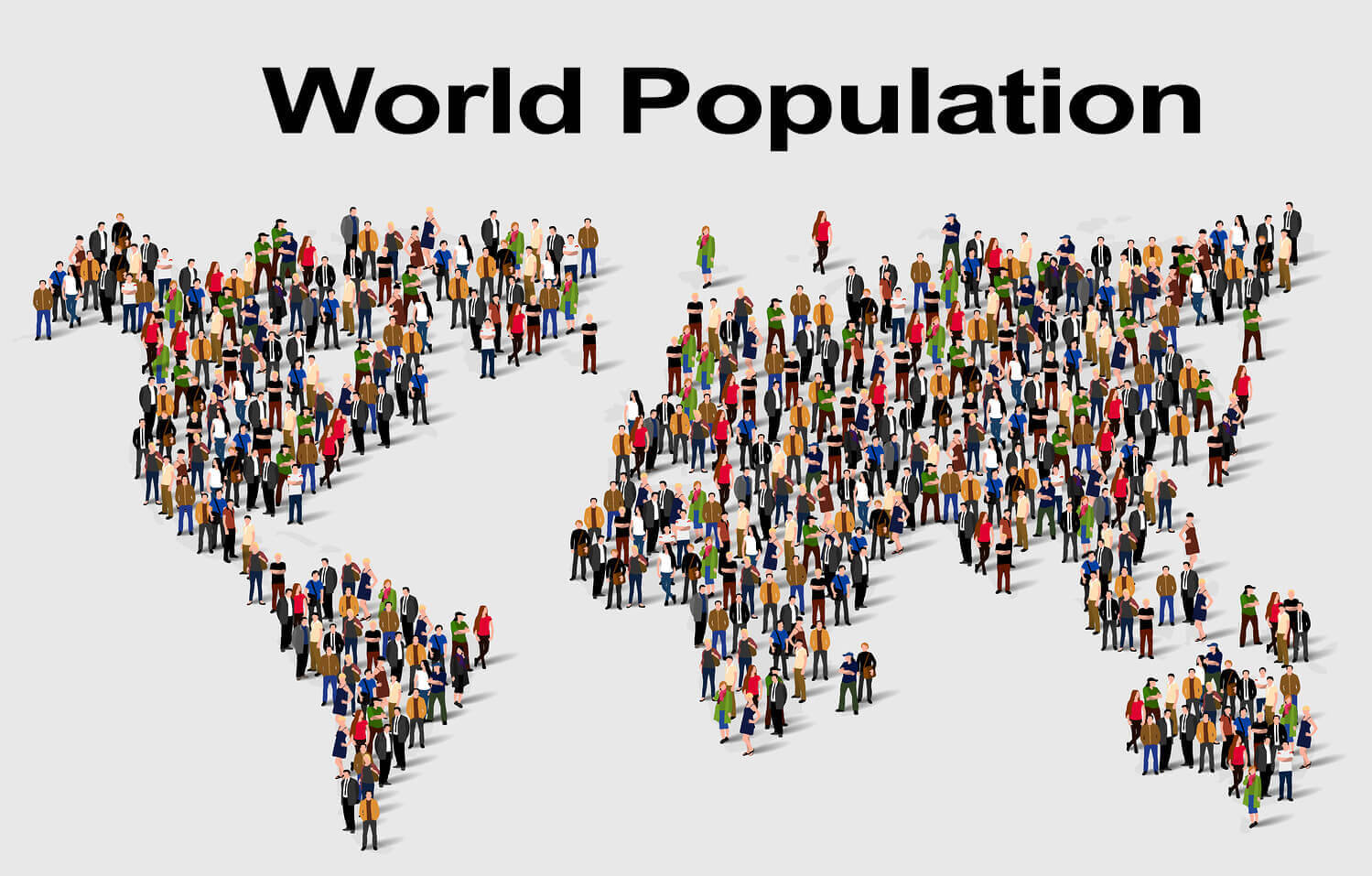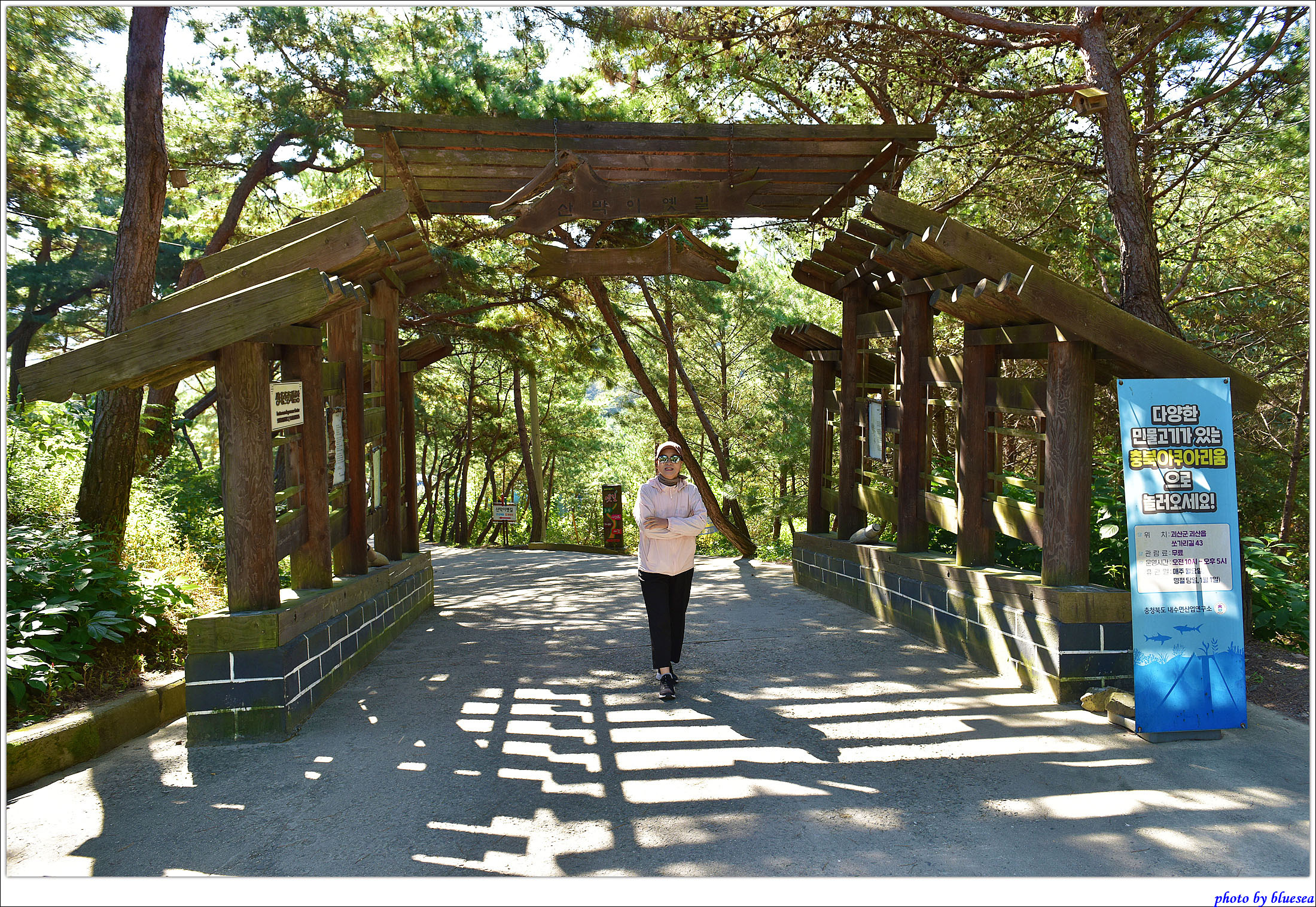The city of Santa Barbara, California, is a picturesque coastal town nestled between the Santa Ynez Mountains and the Pacific Ocean. As of the latest available data from the United States Census Bureau (2020), the population of Santa Barbara stands at approximately 92,306 residents. This number represents a modest increase from the 2010 census, which reported a population of 88,410.
To break it down further, the demographic makeup of Santa Barbara is characterized by a diverse blend of ethnicities, age groups, and socioeconomic backgrounds. According to data from the American Community Survey (2019), the racial composition of Santa Barbara is:
- White: 74.2%
- Hispanic or Latino: 38.5% (of any race)
- Asian: 3.8%
- Native American: 1.2%
- Black or African American: 1.1%
- Other racial groups: 2.2%
In terms of age distribution, the median age in Santa Barbara is 39.4 years old, with a relatively even split between younger and older populations. The city’s age demographics are as follows:
- Under 18: 18.2%
- 18 to 64: 62.2%
- 65 and over: 19.6%
The population density of Santa Barbara is approximately 4,700 people per square mile, which is relatively high compared to other cities in the United States. However, the city’s compact downtown area and surrounding neighborhoods are designed to accommodate a high population density, with a mix of single-family homes, apartments, and condominiums.
One of the unique aspects of Santa Barbara’s population is its high level of educational attainment. According to data from the United States Census Bureau (2019), an impressive 45.6% of residents hold a bachelor’s degree or higher, while 23.1% have a graduate or professional degree. This is likely due to the presence of the University of California, Santa Barbara (UCSB), which is a major research institution and a significant driver of the local economy.
The median household income in Santa Barbara is around 83,000, which is higher than the national average. However, the city also experiences a relatively high cost of living, driven by factors such as housing prices, transportation costs, and food prices. The median home value in Santa Barbara is approximately 640,000, which can make it challenging for low- and moderate-income households to afford housing.
To better understand the population dynamics of Santa Barbara, it’s essential to examine the city’s history and development. Founded in 1782 as a Spanish mission, Santa Barbara has a rich cultural heritage that is reflected in its architecture, art scene, and community events. Over the years, the city has evolved into a thriving tourist destination, with a strong focus on hospitality, education, and environmental sustainability.
In conclusion, the population of Santa Barbara, California, is a vibrant and diverse community that offers a unique blend of natural beauty, cultural attractions, and economic opportunities. While the city faces challenges related to affordability and cost of living, its high level of educational attainment, strong economy, and stunning coastal environment make it an attractive place to live, work, and visit.
Frequently Asked Questions
What is the current population of Santa Barbara, California?
+The current population of Santa Barbara, California, is approximately 92,306 residents, according to the 2020 United States Census.
What is the demographic makeup of Santa Barbara?
+The demographic makeup of Santa Barbara is characterized by a diverse blend of ethnicities, age groups, and socioeconomic backgrounds, with a population that is 74.2% White, 38.5% Hispanic or Latino, 3.8% Asian, and 1.1% Black or African American.
What is the median age in Santa Barbara?
+The median age in Santa Barbara is 39.4 years old, with a relatively even split between younger and older populations.
What is the median household income in Santa Barbara?
+The median household income in Santa Barbara is around $83,000, which is higher than the national average.



